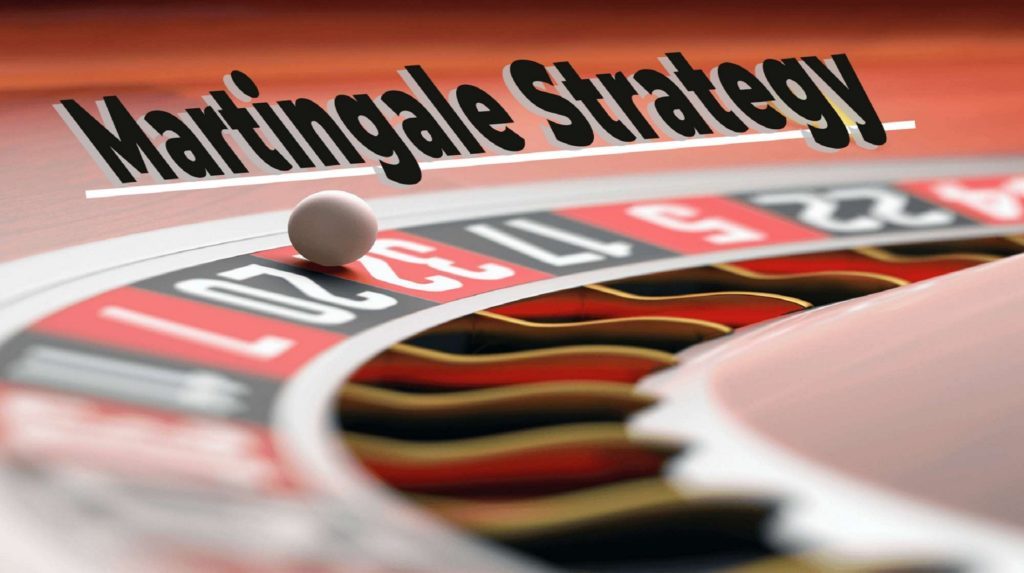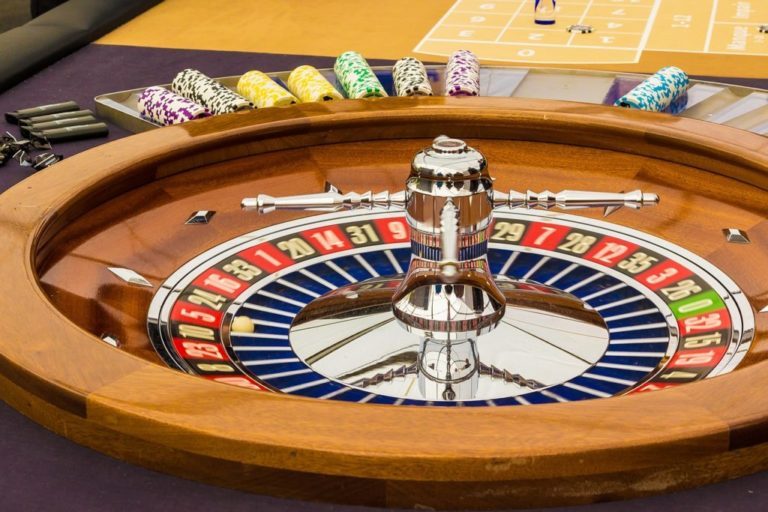You’ve likely heard the saying “everyone has a system” before. The statement may be accurate, but many others are actually employing the same system-whether or not they are aware of it. The Martingale betting strategy, which is focused on placing even money bets and doubling after losses, is by far the most widely used so-called roulette strategy.
The idea behind it is rather straightforward. After each loss, you increase your stake so that, when you finally win, you may recoup your losses and start wagering with the original amount. It seems to make sense and is simple to comprehend and put into practice.
However, the reality is that no strategy can ensure success in every situation. This is due to the fact that many of the games – which are known as games of chance – rely heavily on luck. No matter how much you rely on arithmetic or statistics, there will always be that uncontrollable element of “luck.” What you can do, though, is to play the game by using a strategy that will maximize your odds of winning.

History of the Martingale Strategy
The Martingale System is thought to have been developed in the 18th century by some math nerds in France. It gained popularity when John H. Martindale, a casino owner in 18th-century London, frequently roamed around his casino floor and urged his patrons to double their bets after losses (note: his name is Martindale with a “D”).
When gambler Charles De Ville Wells, also known as “the man who broke the bank at Monte Carlo,” won more than 1 million francs ($13 million) playing roulette in 1891, the approach gained additional traction. Although we can’t be absolutely certain, there is a strong suspicion that Wells was implementing the Martingale System.
How the Martingale Strategy works
The best way to use the Martingale strategy is to only wager on outside bets that pay even money, such as 1-18/19-36, Red/Black, and Even/Odd. Although they have the highest winning odds (almost 50%), they also offer the lowest payoff of all, 1:1. This implies that you receive a payout equal to your initial wager for the spin. These are often the safest wagers you can make in a roulette game.
So, when you lose a round, you double your wager and keep playing until you win one. After that win, you go back to the original bet and restart the progression.
The bet progression you will employ for even-money wagers is as follows:
1 – 2 – 4 – 8 – 16 – 32 – 64 – 128 – 256 – 512 – 1024 – 2048 – 4096 – 8192
By doubling your stake after each loss, the Martingale method, in essence, increases your chances of eventually winning money. Theoretically, you should end up receiving the initial wager plus profit back. The formula, however, requires you to have a limitless bankroll, otherwise, it is just a theory.
How to Play Roulette with the Martingale Strategy?
Gamblers use this betting system in a variety of games, including baccarat, blackjack, craps etc. All these casino games allow players to place even money bets to maximize the efficiency of the Martingale.
But compared to other casino games, roulette is the game that is mostly associated with the Martingale strategy. Actually, the Martingale strategy was invented as a system to be used when playing roulette.
To implement it in the game, the player has the option to place an even-money bet on colour (red/black), even/odd, or the high/low. You are not even limited to placing a wager on just one of these during the game. You might start by placing a wager on colour before switching to high/low. As long as the chances are on your side, it doesn’t matter.
When using the Martingale technique in roulette, it’s best to start with the least amount feasible. You can sign up and use this strategy because roulette games are available in online casinos in Nigeria. However, if you intend to adopt the Martingale strategy, we advise staying away from tables with large minimums.

Disadvantages of the Martingale system
When adopting the Martingale strategy in roulette, there are a few things to keep in mind. The unpleasant truth that the Martingale strategy won’t let you beat the house edge in roulette is the first problem. The green zero, which stands for the house edge and tilts the odds in favour of the house is your greatest enemy.
Every wager you place still gives the casino advantage, and even while there won’t be many occasions when you lose your entire bankroll, there will be enough of them for you to eventually lose money at the anticipated rate (at least in the long run).
This might not always be the case if you had an essentially limitless bankroll. That way you could continue playing until you win and recover the losses. Unfortunately, the system is under additional strain even for individuals with very substantial bankrolls. That is because of the maximum bet limit on each roulette table. If you lose many rounds in a row and keep doubling your bet, it is very likely you’ll reach the maximum bet limit quickly and won’t be able to continue doubling to recover losses.
Advantages of the Martingale system
Even though the Martingale has the drawbacks mentioned above, you can still use it. In fact, you should. As long as you are aware of what you will receive from the system, that is.
The Martingale is ideal for players who are ready to take the chance of occasionally losing a significant sum of money in exchange for regular little winnings. You’ll likely end most evenings with minor gains if you adopt the Martingale strategy in a casino.
Even if there will be instances when everything goes wrong and you lose a significant sum, you’re much more likely to win when you visit the casino, which will appeal to many gamblers.
Variations of the Martingale strategy
Reverse Martingale Strategy
Some players would rather capitalise on a string of winnings than chase their losses. When using the Reverse Martingale system, a player doubles their wager after each win and returns it to its original amount after each loss.
The strategy is less risky because the losses can only be so great. When you start a progression using the reverse Martingale system, only the initial stake is at risk. After winning a round when you need to double the bet, you actually use the winnings from that round.
A player will typically use their good judgment to decide how long a winning run should last. Experts estimate that a string of eight consecutive wins only happens once every 395 ball spins, so the player cannot let this streak continue past the table’s maximum. You can read in more detail about the Reverse Martingale strategy on our site.

Grand Martingale Strategy
A well-known variation of the Martingale system is the Grand Martingale Strategy. It suggests that a player should increase the bet by one unit in addition to doubling it after each loss. If a player initially wagers 1 unit and loses, the next wager will be 3 units rather than 2 units. The progression using the Grand Martingale system will be as follows:
1 – 3 – 7 – 15 – 31 – 63 – 127 – 255 – 511…
This variant also has all of the drawbacks of the Martingale method. But things are a little different this time. In particular when the bet limit is reached. The Grand Martingale strategy allows you to reach the maximum bet much more quickly and has a limited window of opportunity to win and make up earlier losses because each time you employ it, you wager +1. Additionally, you might spend all of your money faster.
However, the benefit of this Martingale variant is that the net gain always outweighs the initial bet whenever a run of losses is broken by a win.
Triple Martingale Strategy
This is the riskiest variant, so unless you’re comfortable taking a significant risk and maybe losing a lot of money, we don’t advise trying it. In this variation, as the name suggests, you triple your bet after each loss rather than doubling it. Therefore, if you bet €1 and lose, you must bet €3 the following time. After another defeat, your bet is increased to €9. Using the Triple Martingale approach, you’ve already lost €243 if you’re unlucky and have 6 lost rounds.
If luck isn’t on your side, using the Triple Martingale technique could result in you losing all of your money in a short period of time or quickly reaching the table limit.
Can Martingale help you win in roulette?
The Martingale approach will result in modest wins over the short term, but the high progression makes it an extremely risky tactic to employ over the long run. The amount you’ve lost will undoubtedly outweigh the amount you were able to win in the end. At first glance, it would appear to work, but the math is accurate.
Every player eventually has a negative experience with this system. We are providing you with a fair warning: in the long run, don’t use it as much! You could lose both a lot of money and your passion for the roulette game.

